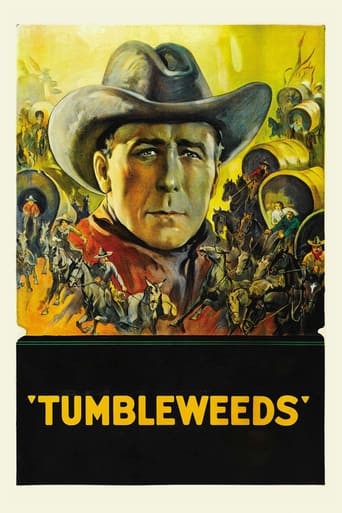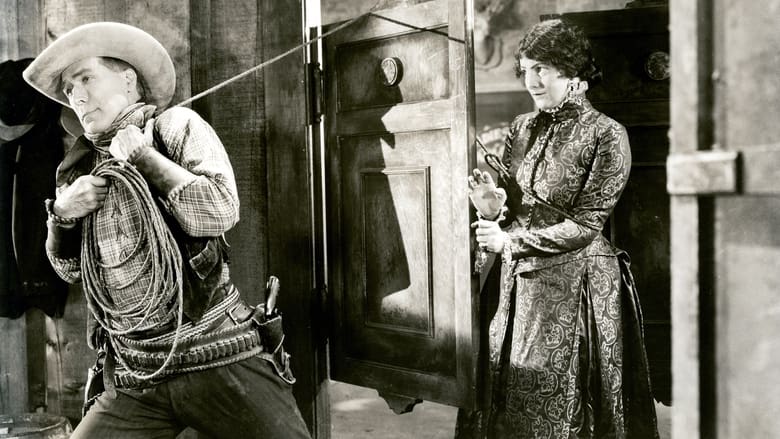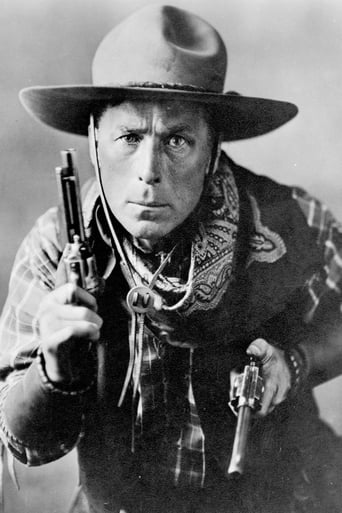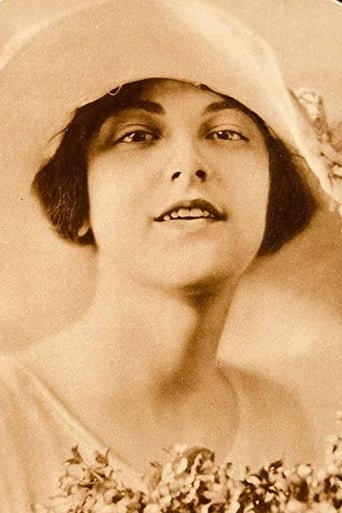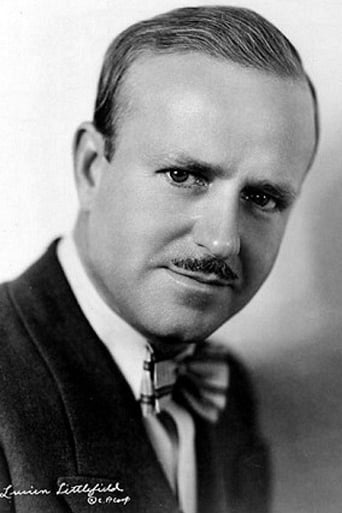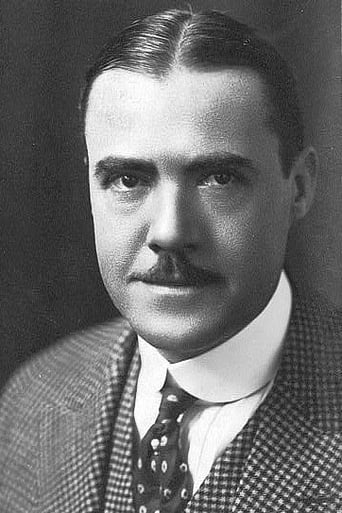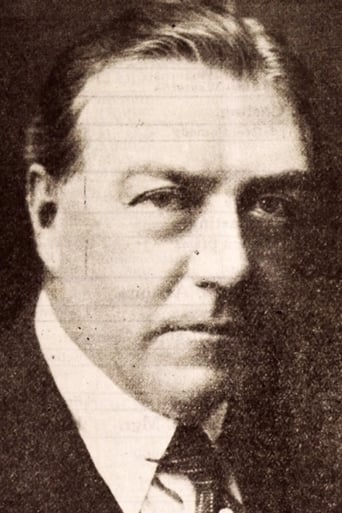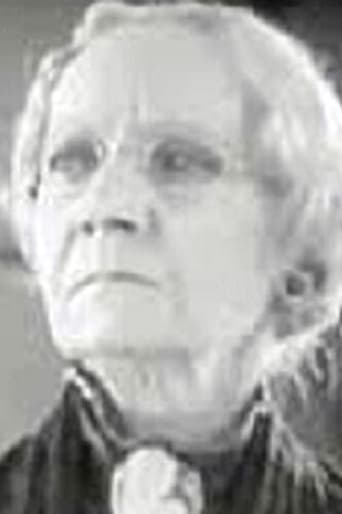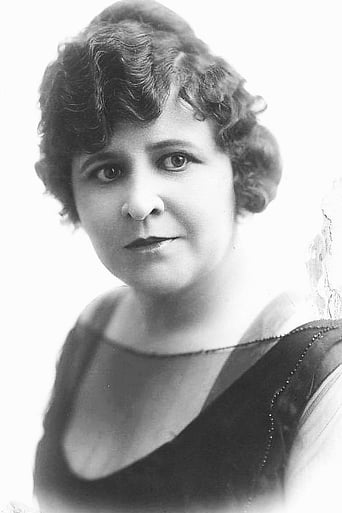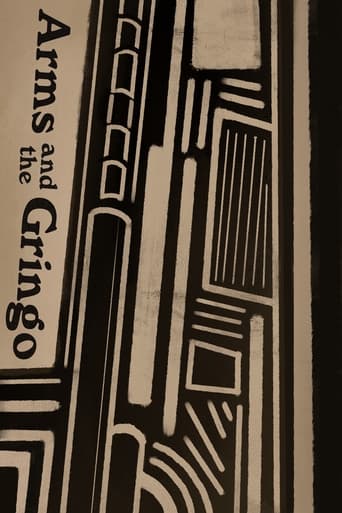William S. Hart stars in this 1925 silent film as a cowboy intent on claiming land during the 1889 land rush in the Oklahoma Territory. Though hardened from years of taming the new frontier, he falls in love with a beautiful woman. Before he settles down, however, he must contend with men who wish to bring him harm. In the prologue of the 1939 Astor Pictures revival of this film, Hart gives a moving eight-minute introduction-- the first and only time he appeared in a film accompanied by his striking voice.


Similar titles
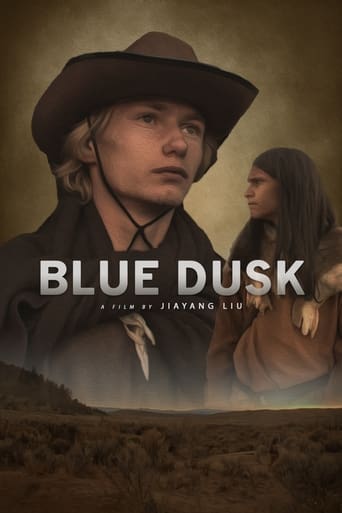


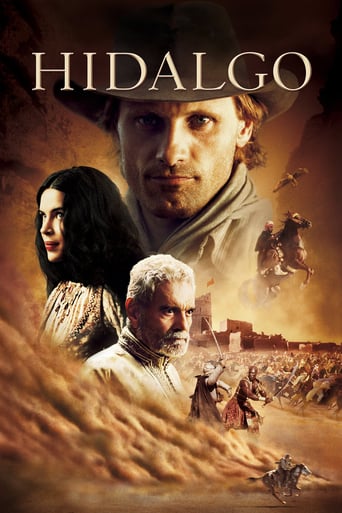
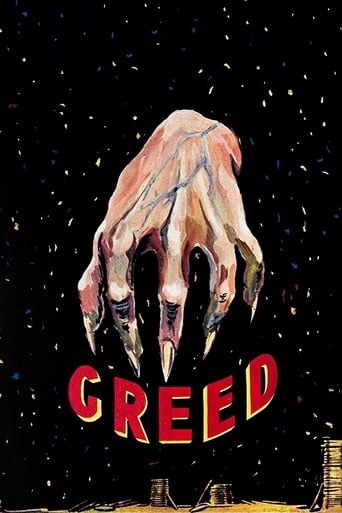
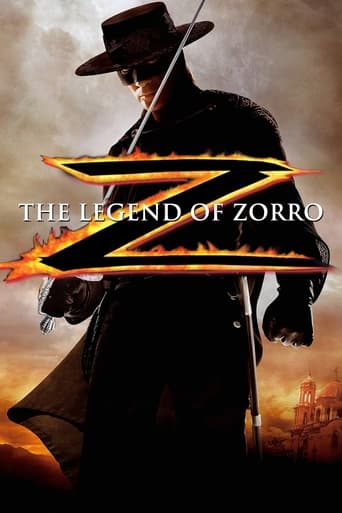
Reviews
TUMBLEWEEDS (United Artists, 1925), Directed by King Baggott, stars the legendary William S. Hart (1865-1946) in what proved to become his final screen appearance. Virtually unknown by today's standards, Hart was a popular leading cowboy actor dating back to 1914, whose success would be categorized as a sort of Gary Cooper or John Wayne of his day. Hart was versatile in other roles, but westerns were his specialty, with many, including Hart himself, ranking TUMBLEWEEDS as his finest of all his westerns.Opening title: "Man and beast – both blissfully unaware that their reign is over." Set in 1889, Dan Carver (William S. Hart), a range boss of the Box K Ranch, known as "just another tumbleweed," is introduced as a sympathetic cowboy who fails to shoot a rattlesnake only because it has as much right to be around as anyone else. He also takes in a couple of orphan wolf dog puppies to find them a home after their parent dogs have been poisoned. The plot develops as the United States Government allowing ranchers to graze cattle on their payment to the Cherokee Land Strip, 12,000 square miles of undeveloped prairie land between Kansas and Oklahoma. Riding to Caldwell, Kansas (population 200), on the edge of the Cherokee Strip, Dan spreads the news to its local residents. Journeying to his destination with "Kentucky Rose" (Lucien Littlefield), they encounter Mrs. Riley (Lillian Leighton), a widow woman with three children, who takes a liking to Kentucky Rose. After intervening with Noll Lassiter (J. Gordon Russell) for abusing a boy, Bart (Jack Murphy), and his dog, he forces the brutal man to apologize to both. Dan immediately bonds with Bart who now looks up to him as a father figure. However, after accidentally roping a young girl (Barbara Bedford) in a saloon, Dan soon learns that the girl, named Molly, happens to be sister of Bart and half-sister to the villainous Noll Lassiter. Because of his interest in Molly, Dan decides to settle down and stake out a homestead claim for himself, with the possibility of having Molly become his future wife. Noll, however, unwilling to overlook Dan's defeat over him, schemes with Benton, alias Bill Freel (Richard R. Neill), to have Dan put out of the way. They arrange in having Dave accused and arrested as a "sooner," which finds him being held prisoner inside a bull pen while the bad guys so as much as commit murder so they can legally stake the claim for themselves.Most circulating prints of TUMBLEWEEDS consist of a 1939 reissue from Astor Pictures introducing eight minutes of spoken prologue by William S. Hart himself where he talks about his "greatest picture" from his Horseshoe Ranch in Newhall, California. After listening to Hart's speaking voice, it is much regret that this once popular actor of the silent screen never starred in at least one talkie western, even possibly a sound remake to his greatest movie, TUMBLEWEEDS. Chances are had be proceeded in his career in talkies, he most definitely would have succeeded, even if later reduced to matinée cowboy star as Tim McCoy or Ken Maynard for example. However, this 1939 prologue is the one and only chance for viewers to get to hear him speak, through his wonderful tribute to both himself and the movie itself.Home video to TUMBLEWEEDS dating back to the 1980s either from Blackhawk or a decade later from Republic Pictures also contain the Hart prologue. Rather than the orchestral score with off-screen singing to title card songs, both video/DVD editions are piano scored by William H. Perry for the Killiam collection. Clocked at 77 minutes (not counting the prologue), it seems a shame that this and THE TOLL GATE (1920) to date have become the only two Hart westerns to have limited broadcasts on public television some decades ago. Considering that TUMBLEWEEDS is hailed as Hart's best movie makes one wonder if his other silent westerns are equally as good or even better? The films of William S. Hart deserve better recognition in movie history. At least TUMBLEWEEDS is still available (on DVD) to remain one of the finer westerns to come out from the silent movie era, along with being both an introduction and rediscovery to the great quiet-type cowboy hero named William S. Hart. (***)
The Netflix version of "Tumbleweeds" is the Paul Killiam version redone in the 1970s, and it has Hart's farewell to the screen. Sure, it's over the top today, but the man was a Shakespearean actor long before he started doing Westerns, and his other stage roles included that of Messala in, I believe, the original stage production of "Ben-Hur." He then, at age 48, didn't sit on his laurels but instead went into the physically demanding field of making Westerns, apparently because the current Westerns of the time didn't portray accurately the real Wild West he had grown up in; and he did some fine work there before finally retiring.After all that, if the man wanted to pull out all the stops in his final farewell, more power to him! Some of "Tumbleweeds" is a little hokey (the singing and some of the plot developments, for example), and Hart's acting seems a little wooden today (although it does convey an inner strength that helps his character get through physical trials, like that long hard ride in the land rush), but the authenticity grabs your attention in spite of that. Right at the start, for instance, it seems as though they are showing film of a 19th Century cattle drive. The interiors are very realistic, too, as are the vehicles, costumes,and mannerisms (I love the way Barbara Bedford reacts when Richard Niell puts his hand on her shoulder -- quite in character with those times and quite a contrast to the mores of 1920s America, let alone modern times).The land rush scene is very famous and has been copied a lot, but it still is terrific to watch, particularly the way Hart works the story line into it.I really enjoyed Lucien Littlefield's performance, too (Kentucky Rose, Hart's sidekick). It takes a lot of skill and hard work to look that "stupid" and yet carry the plot along so well: it is so easy to overact and turn it into a farce. Littlefield walks the line but always stays on the right side of it and is very funny and yet also touching (the secondary romantic plot). This was the first role I noticed him in (though he was in "Sons of the Desert," too -- I don't remember him in that). He worked a lot. The Wikipedia entry for him notes that his years of activity were 1914-1960 (the year of his death). Not too many other actors had such a long career.Kentucky Rose would be considered very politically incorrect today, as would (NOTE: there be spoilers ahead!) the shooting of a snake, but there are some very positive things in "Tumbleweeds," too: rescuing two wolf pups and describing the debt the cowboys owe them because they poisoned their parents; apologizing (sort of) to the snake after killing it; showing African-Americans present in the land rush crowd; and presenting Indians (presumably Cherokee) in a positive way, as Hart's friends (though that sign language discussion seems a little long-winded and overwrought, given what they're actually saying).Speaking of sign language, this is the first silent film I've seen that doesn't leave much dialogue to the audience's imagination. Everything is spelled out carefully in the titles, and I think that shows it was aimed at a very specific demographic and not necessarily the same one, say, that Douglas Fairbanks, Sr., was reaching for with his costume dramas at the same time.The filming is also very straightforward and a little rough. Having just watched "Hangman's House" (1928), I couldn't help contrasting the land rush scene here with the horse race in Ford's film, which is very "arty" in comparison. In both films, horses rush at the camera, but the image and its effect on the viewer are very different. One approach is not better than other, of course; each technique fits the film in which it occurs, but it's interesting to note that even in the 1920s, there were different audiences to be catered to.It's also interesting to note that this "rough" film stars a Shakespearean actor while Ford's "arty" film stars a former bare-knuckles boxer (Victor McLaglen) and is also famous today as being the first movie in which a former USC football player, John Wayne, can be clearly seen on camera.Hollywood, especially in the early years, is full of delightful little surprises like that.
Once it was among the most popular movies of its kind, and now it's generally remembered only by silent movie fans, but "Tumbleweeds" is a classic silent Western that's still worth seeing. To be sure, a lot of its appeal now comes from nostalgia, but in its time it was close to the top of its genre.The opening scenes start the story nicely, and they also give it some thoughtful overtones, with cowboys Hart and Lucien Littlefield coming to realize their role as "Tumbleweeds" in a changing world. The 'tumbleweed' image is used well in developing Hart's character, as he faces the consequences of the land rush and of the personal affairs he gets involved in. The story itself has a lot of familiar elements, without many surprises, but the atmosphere and the characters are enough to carry it.The land rush sequence is probably the most exciting part of the movie, and it is quite a fine set piece. It's later followed by a fast-paced climactic chase that also works well. The action makes a good complement to the atmosphere of the changing frontier, making it a movie that fits together nicely, and that still works pretty well.
William S. Hart makes a moving speech before the movie begins, creating in us a feeling of nostalgia for the old westerns. In the film he is a cowboy that together with all the people that live in that strip of land, has to abandon it for it will be distributed to newcomers.After a certain date no person can enter that area, if they do they will be arrested, and will be called "sooners". All the people are waiting for the moment to come, in a small town, including Hart and his side kick, and Hart falls in love with the half sister of the villain. There is a big contrast in the film between the scenes that show the town, the newcomers, the rush, which are all excellent, with the incredibly naive scenes with the villains. It is hard to believe a film could be so good in certain moments and look so primitive in other scenes, good thing is that those scenes are a small part of it.
